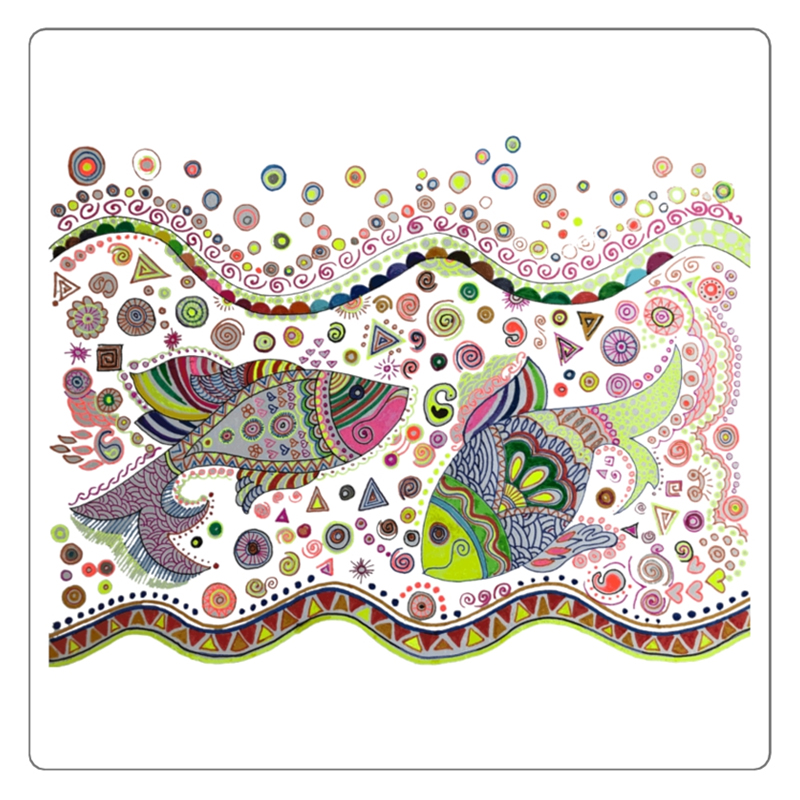Oil Painting is a visual art, and the most basic visual elements of Oil Painting are shape, line, light and shade, texture, space and color. A successful Oil Painting depends on the artist's comprehensive grasp and skillful use of the most basic visual elements that constitute Oil Painting. Unique Oil Painting are the outstanding use of certain elements in the basic elements, thus forming the unique personal style of many oil painters.

Shape is the most basic element of Oil Painting, which includes two aspects of shape and volume. Shape refers to the external spatial characteristics of an object, and volume refers to the three-dimensional spatial form of an object. When depicting objective images, the shape has a strong expressiveness, which requires the painter to be good at grasping the shape and characteristics of the object, to have a keen visual response ability and profound expressive ability to the object, and to be able to discover and excavate the expressive value hidden deep in the shape and aesthetic meaning.
Lines are the main means of Oil Painting modeling, and the earliest human beings began to depict natural objects from lines. It is an irreplaceable visual element in the art of painting, and the unpredictable lines reflect the painter's emotional experience of life. Vertical straight lines are majestic, sublime, and have a sense of eternity; horizontal lines bring people emotions of calm, tranquility, distance and even death; oblique lines are full of tension, movement, anxiety and danger; curves express elegance, tenderness, and romantic emotions; The crosshairs are quiet and solemn; the irregular lines are bitter, sad and restless.
Light and shade are divided into three tones of black, white and gray, and it is also the most basic means of expression in painting. Rich light and dark tones can vividly express the shape, space and texture of objects. From detailed characterization to strong contrast, light and dark tones create a rich visual picture. Bright tones are calm and hearty, while dark tones are heavy and mysterious. The interweaving of black and white embodies the painter's subjective emotional world.
Texture is a very important expressive element in realistic Oil Painting. It can satisfy and delight people in the senses, and can make people desire to touch. Just because the texture can strongly stimulate the vision, thereby arousing people's excitement and impulsiveness, realistic Oil Painting have always been favored by the world. In modern painting art, the concept of texture has undergone great changes, not only the realistic description of objects, but also the different expressions of the texture of the materials used. The confrontation and interest of the pictures enriches the visual language and enhances the spirituality of the picture itself.
Space is the visual depth produced by painting art on a two-dimensional picture. The picture space is not the real space, but the imitation of the real space, the illusory space created by the painter using lines, light and shade, and color, and the distance space produced by human visual emotion. Size, height, virtual reality, warmth and coldness can all create a sense of space. In modern painting, painters use color more to create picture space.
Color and light and shade are inseparable, and the relationship between light and shade is reflected through the lightness of color. Color adjustment should not only consider the light and shade of the color, the colorful world is made up of color, and color is life. However, visual perception of color varies from person to person. On the one hand, there are color-weak and color-blind people, and on the other hand, people's subjective emotions can directly affect the visual sensitivity to hue, cold and warm, and people's likes and dislikes of different colors. Subjective color forms the painter's different color appearance.



